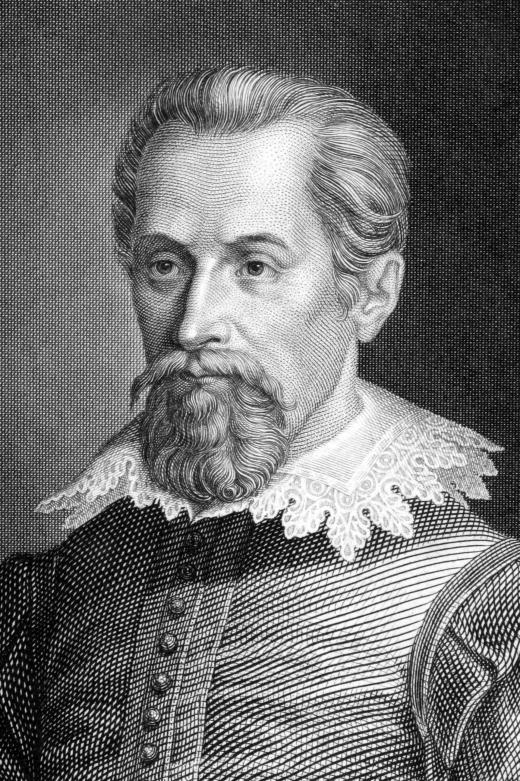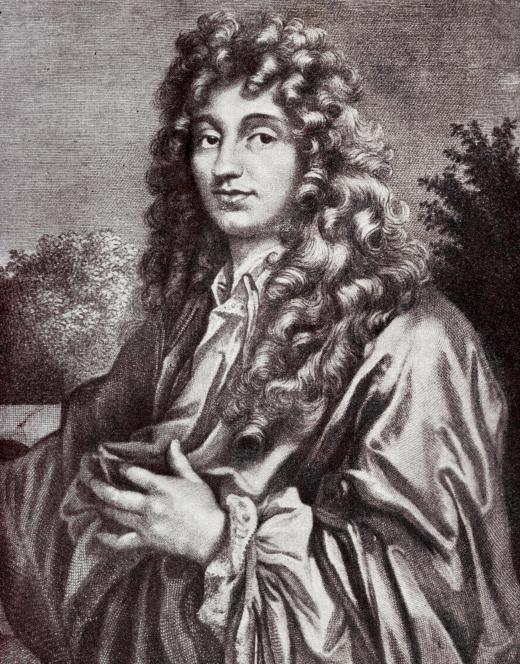What Is Classical Mechanics?
Classical mechanics is a field of study that describes the movement of an object as a result of its mass and the forces acting upon it. The effects were first described by Sir Isaac Newton during the 17th century. Newton based his work on earlier scientists, including Galileo Galilei, Johannes Kepler and Christiaan Huygens. All theories in classical mechanics are based on or derived from Newton's theories, which is why classical mechanics is often referred to as Newtonian mechanics.
Newton introduced his three laws of motion in his most famous work, Principia Mathematica. These laws describe how forces affect the movement of a body. The first law states that a body will stay at rest or will move at steady velocity when the forces acting upon it are all equal. The second law relates the acceleration of a body to the forces acting upon it, and the third states that for any action, there is an equal and opposite reaction.

The behavior of gases and liquids, the oscillation of springs and pendulums have all been described using classical mechanics. Newton himself used his laws to define the concept of gravity and the motion of the planets around the sun. In turn, these theories led to things such as the European Industrial Revolution of the 19th century and the development of satellite technology and space travel during the 20th century.

There are, however, limitations to classical mechanics solutions. Systems featuring extremes of mass, velocity or distance all deviate from Newton's laws. The Newtonian model, for example, cannot explain why electrons exhibit both wave-like and particle-like properties, why nothing can travel at the speed of light or why the force of gravity between distant galaxies appears to act instantaneously.

Two new branches of physics have emerged: quantum mechanics and relativity. Quantum mechanics, pioneered by Edwin Schroedinger, Max Planck and Werner Heisenberg, interprets the movements of very small objects, such as atoms and electrons. Large and distant objects as well as objects traveling at close to the speed of light are described by relatively, which was developed by Albert Einstein.

In spite of these limitations, Newtonian mechanics have several advantages over quantum mechanics and relatively. Both of the newer fields require knowledge of advanced mathematics. Similarly, the quantum and relativistic sciences can seem counterintuitive because they describe behaviors that cannot be observed or experienced.
The Heisenberg Uncertainty Principle, for example, states that it is impossible to know both the speed and location of body. Such a principle is contrary to everyday experience. The mathematics of Newtonian mechanics is far less challenging and are used to describe the movements of bodies in everyday life.
AS FEATURED ON:
AS FEATURED ON:















Discuss this Article
Post your comments